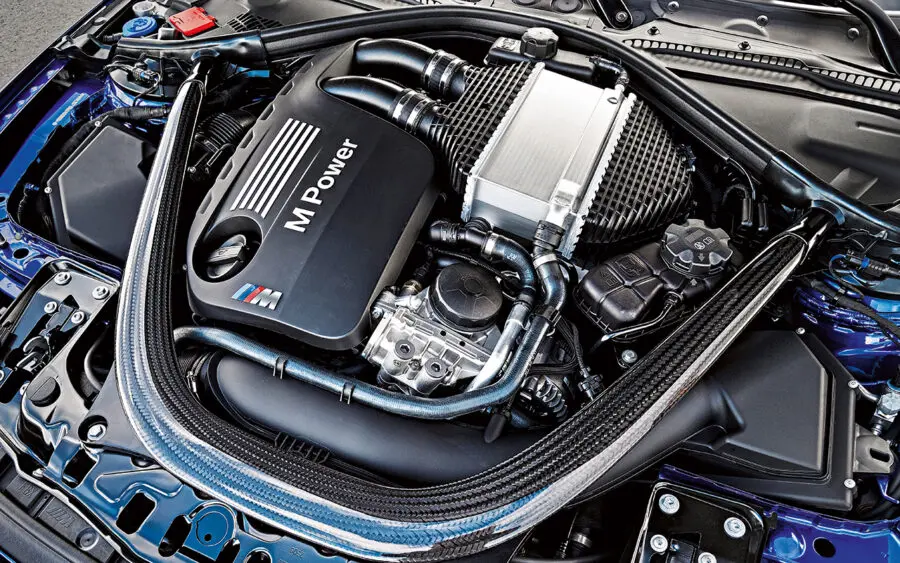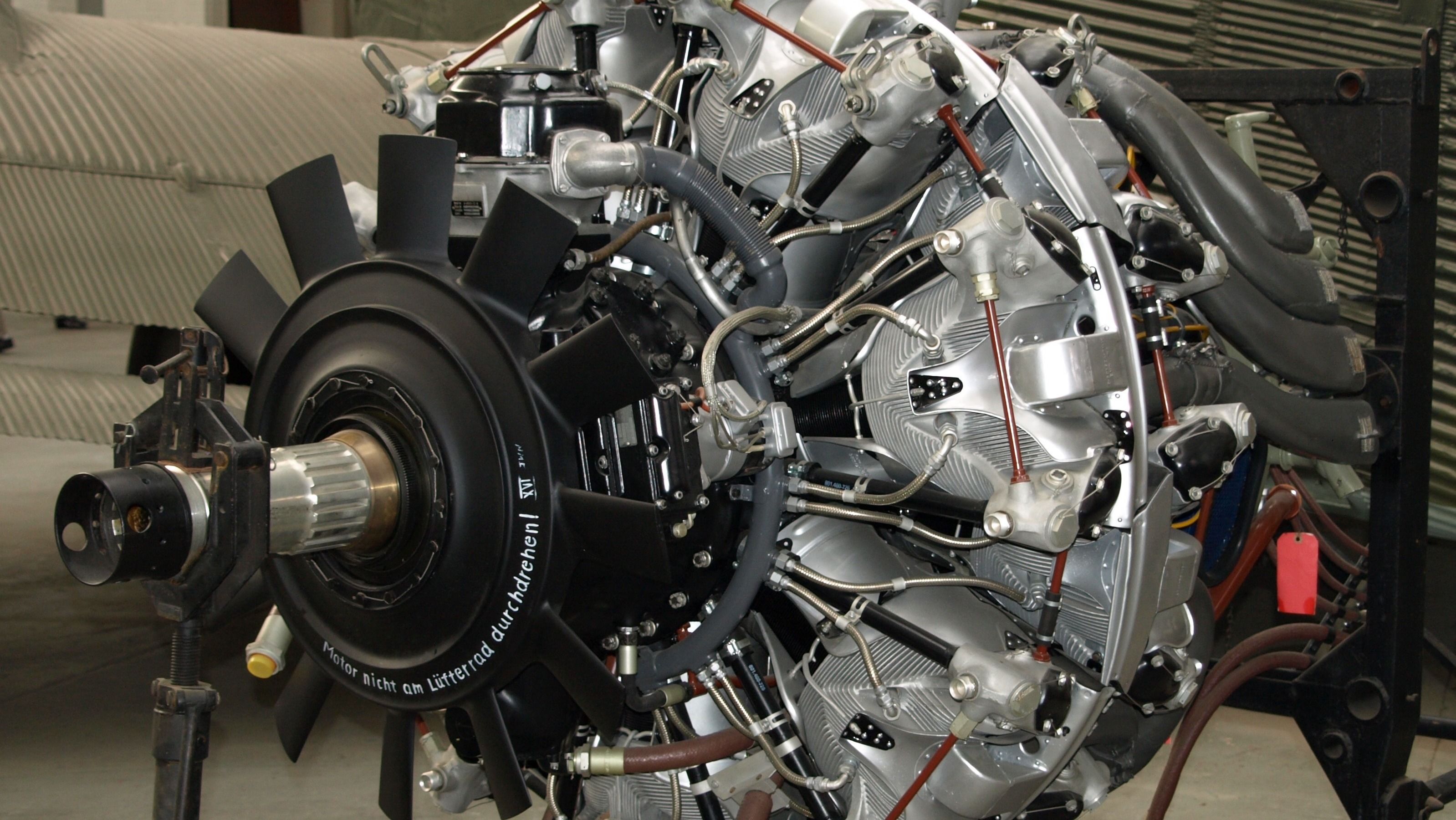Revealing the Secrets Behind the Power of the BMW Engine
Revealing the Secrets Behind the Power of the BMW Engine
Blog Article
Exploring the Advancement of Burning Engines in Modern Transportation Equipments
As we browse the landscape of contemporary transportation, the evolution of burning engines stands as a testament to human resourcefulness and engineering expertise. The interplay of history, technology, and ecological issues in forming the trajectory of combustion engines produces a narrative that is both compelling and informative.
Very Early Beginnings of Combustion Engines
Just how did the principle of burning engines very first emerge in the onset of transportation growth? The origins of burning engines can be mapped back to the 17th century when the concepts of internal burning were first checked out. In 1673, Christian Huygens conceived a standard internal combustion engine that made use of gunpowder to create power. It wasn't until the late 19th century that practical applications of combustion engines in transportation started to emerge.
The development moment featured the invention of the very first effective gasoline-powered engine by Karl Benz in 1885 - bmw engine. This engine led the way for the advancement of the contemporary automobile, revolutionizing transportation systems worldwide. Subsequent technologies by Nikolaus Otto and Gottlieb Daimler further improved combustion engine innovation, resulting in the mass production of autos and the rapid expansion of the transport industry
These very early combustion engines were characterized by their simpleness and performance, laying the foundation for the facility and effective engines used in modern transport systems. The advancement of combustion engines has been crucial fit the way we travel and move products, noting a significant landmark in the history of transport advancement.
Change to Internal Burning Modern Technology
The shift to inner combustion modern technology marked a critical shift in the development of transport systems. This change began in the late 19th century, with innovators like Nikolaus Otto and Gottlieb Daimler establishing the initial successful interior burning engines. These engines transformed transport by offering a much more effective and effective choice to steam engines and electric motors.
One of the vital advantages of interior combustion engines was their capability to be scaled down to suit lorries, causing the advancement of automobiles and bikes. This change from bulky, stationary engines to portable, mobile ones led the way for the modern-day transport systems we see today.
The transition to interior combustion innovation additionally spurred advancements in gas technology, leading to the development of fuel and diesel as primary fuel sources for automobiles. This shift not just made transportation a lot more easily accessible to the masses however likewise laid the foundation for the oil and gas industry to end up being indispensable to worldwide economic climates.
Impact of Combustion Engines on Transportation
The fostering of burning engines in transport systems militarized an extensive shift in the efficiency and speed of worldwide mobility. Burning engines reinvented transportation by giving a flexible and reputable source of power for various vehicles, consisting of autos, trucks, planes, and ships. This development substantially improved the ability for items and people to conform long ranges in much shorter amount of time, leading to important site enhanced connectivity between areas and nations.
Moreover, the extensive use combustion engines has had a considerable effect on economic advancement. The ability to transfer products effectively has spurred profession and commerce, enabling organizations to expand their markets and get to consumers worldwide. This has actually helped with financial growth and globalization, as products can currently be transported much faster and in larger quantities than in the past.
Nonetheless, the environmental influence of combustion engines can not be overlooked. The combustion of fossil gas has caused air contamination and greenhouse gas exhausts, adding to environment modification and posing health and wellness risks to populations. bmw engine. Therefore, there is a growing emphasis on developing alternative propulsion innovations to mitigate these negative impacts and produce an extra sustainable future for transportation
Developments in Combustion Engine Design
Many improvements in combustion engine style have actually propelled the advancement of transportation systems over the years. One significant technology is the advancement of turbocharged engines, which use exhaust gases to drive a turbine that compresses incoming air, permitting more gas to be burnt, leading to enhanced power output without a substantial boost in engine dimension. Furthermore, straight injection technology has enhanced gas effectiveness and performance by specifically managing the quantity and timing of gas infused right into the combustion chamber. Variable shutoff timing systems have also transformed engine layout by enhancing airflow at different engine speeds, enhancing both power and effectiveness. Another significant improvement is the assimilation of light-weight materials such as carbon fiber and light weight aluminum alloys, reducing overall engine weight and enhancing car fuel economic climate. Furthermore, improvements in computer-aided style have enabled designers to my link optimize engine performance and effectiveness via simulations before physical prototypes are constructed, conserving time and sources in the growth process. These technologies jointly add to the constant renovation of burning engines in contemporary transportation systems.
Future Patterns in Burning Engine Advancement
With innovation developments driving continual innovation, the future of burning engine growth is positioned to transform transport systems globally. One of the key trends in combustion engine development is the press in the direction of greater performance and decreased discharges.
Another popular fad is the adoption of hybrid technologies in burning engines. Crossbreed engines combine conventional combustion technology with electrical power, supplying boosted gas performance and lower emissions. As the vehicle sector changes in the direction of electrification, hybrid combustion engines are viewed as a transitional option that links the gap between traditional automobiles and totally electric ones.
Moreover, the assimilation of clever modern technologies, such as artificial knowledge and data analytics, is anticipated to play a substantial function in the future of combustion engine advancement. These modern technologies can enhance engine efficiency in real-time, causing a lot more reliable burning procedures and boosted overall automobile efficiency. Welcoming these future patterns will certainly not only drive innovation about his in burning engine growth however likewise contribute to an extra lasting and ecologically pleasant transport environment.

Final Thought
In conclusion, the evolution of combustion engines in modern transportation systems has actually been noted by significant improvements in technology and layout. From the very early starts of burning engines to the shift to internal burning innovation, these engines have actually had a profound effect on transport.
The roots of combustion engines can be traced back to the 17th century when the concepts of internal combustion were initial explored. These engines changed transportation by supplying an extra effective and efficient option to vapor engines and electric motors.

Report this page